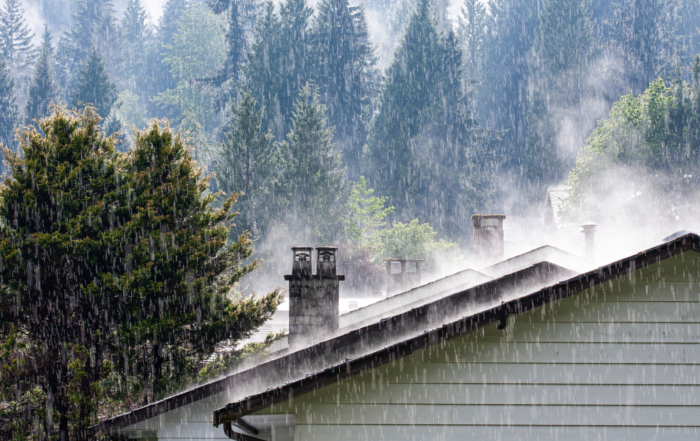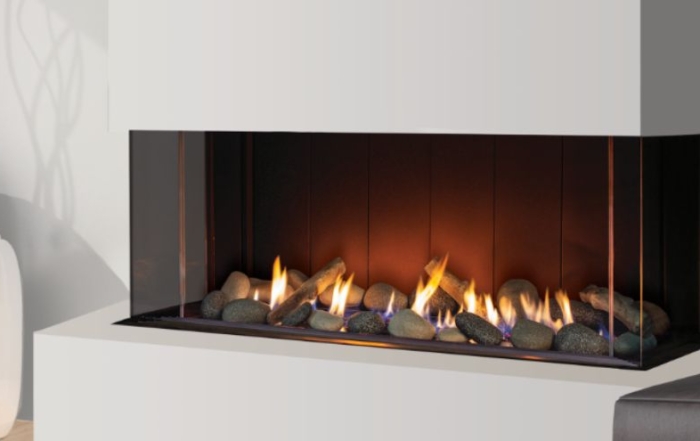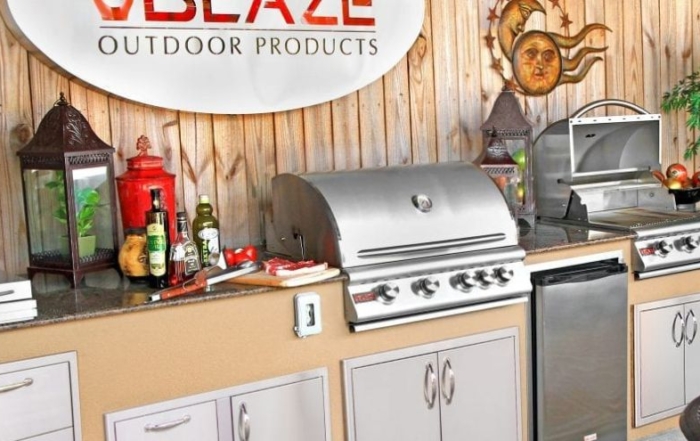BLOG
Understanding Chimney Leaks
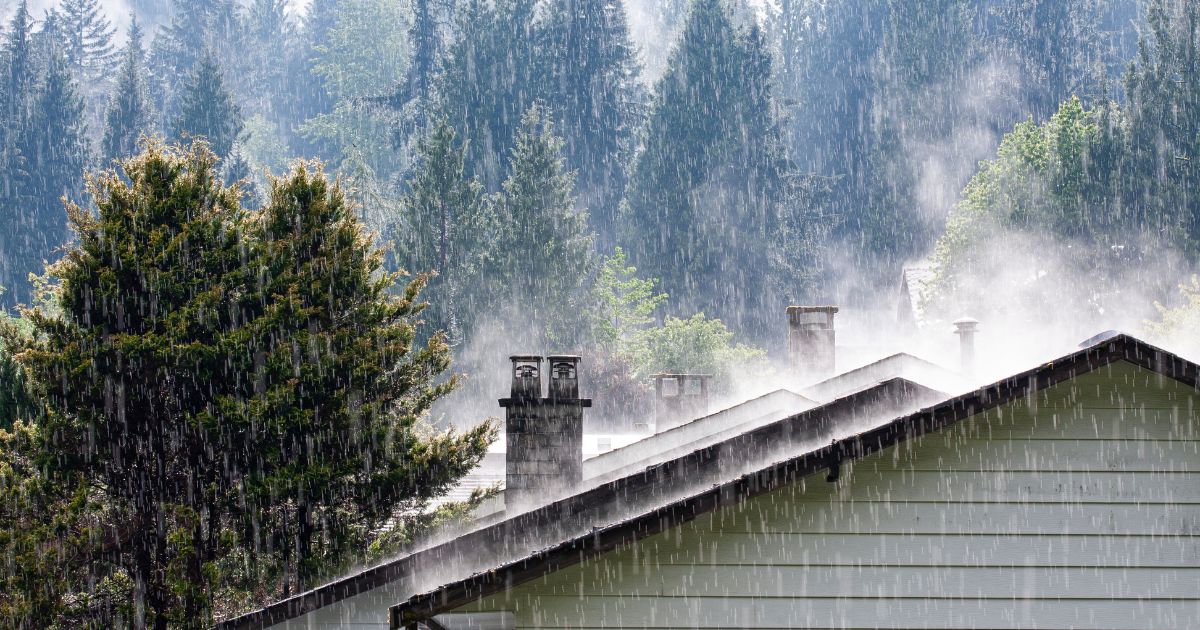
For many homeowners and property managers, the arrival of the rainy season can bring about a mysterious and troubling phenomenon – chimney leaks. When water starts dripping from the fireplace during a downpour, it’s not only perplexing but can also signal underlying issues that need immediate attention. Understanding the nature of chimney leaks, the importance of timely repairs, and the critical role of professional inspections can save you from a plethora of dangerous problems and costly repairs down the line.
Fireplace Chimney Leaking When It Rains
The sight of water leaking from around the chimney or fireplace can be unnerving for any homeowner or property manager. Essentially, chimneys are designed to expel smoke and gasses safely out of your home; they are not built to withstand significant water intrusion. When rainwater finds its way into your chimney, it can cause not only immediate water damage but also long-term structural issues.
There are a few common culprits behind chimney leaks:
- Faulty or Worn-Out Flashing: The metal strip that seals the gap between your chimney and the roof can deteriorate over time, allowing water to seep through.
- Cracked Chimney Crown or Cap: The chimney crown (top concrete surface) or cap (metal or stone covering on top) protects the chimney from rainwater. If cracked or missing water will enter and seep down the chimney.
- Damaged Masonry: Bricks and mortar exposed to the elements can absorb rainwater, especially if not properly sealed, leading to leaks.
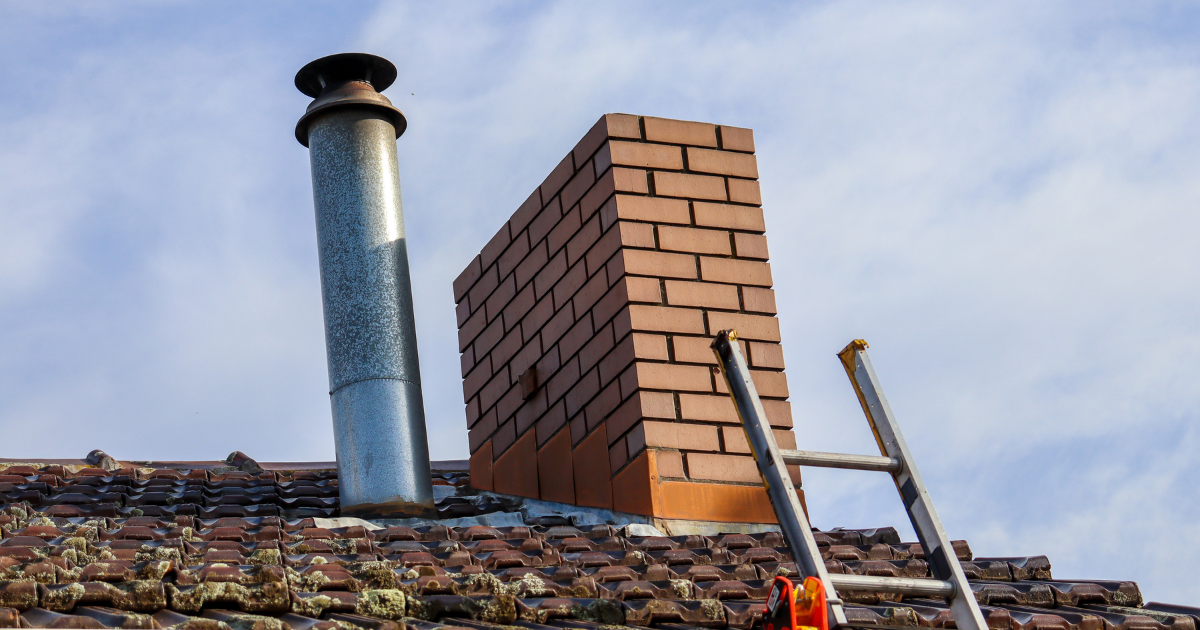
The Imperative for Timely Chimney Repair
Ignored chimney leaks can spiral into bigger, more dangerous problems, including mold growth, damaged ceilings and walls adjacent to the chimney, and even compromised structural integrity of the chimney itself. Hence, at the first sign of a leak, it’s crucial to seek professional repair services. Proper diagnosis and timely repairs can shield your home from further damage, ensuring the longevity of your chimney and the safety of your property.
Navigating Through the Process of Chimney Inspection
Recognizing the potential dangers and costs associated with chimney leaks underscores the necessity of professional chimney inspections. Experienced technicians carry out a thorough inspection to pinpoint areas of damage, deterioration, from the crown to the flue, to ascertain the health and functionality of your chimney.
Every chimney sweep includes a Level 1 Inspection as defined by the NFPA.
If you are buying or selling a home, a Level 2 inspection is recommended.
If your venting system has experienced an event, such as storm damage or a chimney fire, and you suspect the system may be damaged, a Level 3 inspection may be needed.
Chimney leaks, while common during the rainy season, should never be overlooked. They are a symptom of underlying defects that need prompt attention. Stay ahead of the rainy season’s woes by ensuring your chimney is inspected, maintained and repaired by certified professionals. Your home is your haven; safeguard it with diligent chimney care.
BLOG
Understanding Chimney Leaks

For many homeowners and property managers, the arrival of the rainy season can bring about a mysterious and troubling phenomenon – chimney leaks. When water starts dripping from the fireplace during a downpour, it’s not only perplexing but can also signal underlying issues that need immediate attention. Understanding the nature of chimney leaks, the importance of timely repairs, and the critical role of professional inspections can save you from a plethora of dangerous problems and costly repairs down the line.
Fireplace Chimney Leaking When It Rains
The sight of water leaking from around the chimney or fireplace can be unnerving for any homeowner or property manager. Essentially, chimneys are designed to expel smoke and gasses safely out of your home; they are not built to withstand significant water intrusion. When rainwater finds its way into your chimney, it can cause not only immediate water damage but also long-term structural issues.
There are a few common culprits behind chimney leaks:
- Faulty or Worn-Out Flashing: The metal strip that seals the gap between your chimney and the roof can deteriorate over time, allowing water to seep through.
- Cracked Chimney Crown or Cap: The chimney crown (top concrete surface) or cap (metal or stone covering on top) protects the chimney from rainwater. If cracked or missing water will enter and seep down the chimney.
- Damaged Masonry: Bricks and mortar exposed to the elements can absorb rainwater, especially if not properly sealed, leading to leaks.

The Imperative for Timely Chimney Repair
Ignored chimney leaks can spiral into bigger, more dangerous problems, including mold growth, damaged ceilings and walls adjacent to the chimney, and even compromised structural integrity of the chimney itself. Hence, at the first sign of a leak, it’s crucial to seek professional repair services. Proper diagnosis and timely repairs can shield your home from further damage, ensuring the longevity of your chimney and the safety of your property.
Navigating Through the Process of Chimney Inspection
Recognizing the potential dangers and costs associated with chimney leaks underscores the necessity of professional chimney inspections. Experienced technicians carry out a thorough inspection to pinpoint areas of damage, deterioration, from the crown to the flue, to ascertain the health and functionality of your chimney.
Every chimney sweep includes a Level 1 Inspection as defined by the NFPA.
If you are buying or selling a home, a Level 2 inspection is recommended.
If your venting system has experienced an event, such as storm damage or a chimney fire, and you suspect the system may be damaged, a Level 3 inspection may be needed.
Chimney leaks, while common during the rainy season, should never be overlooked. They are a symptom of underlying defects that need prompt attention. Stay ahead of the rainy season’s woes by ensuring your chimney is inspected, maintained and repaired by certified professionals. Your home is your haven; safeguard it with diligent chimney care.

